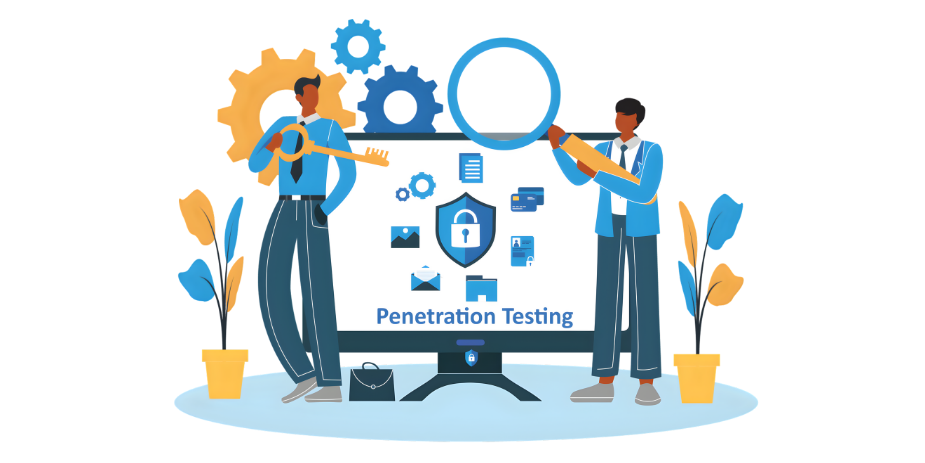White Box vs. Black Box Testing: Choosing the Right Approach for You

- October 4, 2023
- admin
Software testing is an integral part of the SDLC, ensuring that applications perform as intended and are free from defects. Among the many testing methodologies available, two prominent approaches stand out: white and black box testing. These methods differ significantly in their techniques, objectives, and use cases. In this comprehensive guide, we will explore the nuances of both, helping you make informed decisions about which approach best suits your needs.
Understanding White Box Testing
White box testing, often referred to as structural or glass box , examines the internal structure of the software being tested. Testers have full knowledge of the application’s code, architecture, and design. This insider perspective allows testers to design test cases that target specific paths, and segments. Key characteristics include:
Knowledge of Internal Code
Testers have access to the source code and can analyze it to identify potential vulnerabilities, logical errors, and quality issues. This knowledge enables testers to create test cases that exercise specific paths.
Code Coverage Analysis
It places a strong emphasis, aiming to test all possible paths and branches. Various metrics, such as statement coverage, branch coverage, and path coverage, are used to measure how thoroughly it has been tested.
Early Detection of Code-Level Issues
By examining the software’s internal logic, it is particularly effective at uncovering issues related to algorithms, data structures, and other concerns. This can lead to early detection and resolution of critical defects.
Structural Testing Techniques
Employs various structural techniques, including statement coverage, branch coverage, path coverage, and condition coverage. Each of these techniques focuses on specific aspects.
Validation of Design Specifications
It helps validate that the program adheres to its design specifications and that it correctly implements the intended functionality.
When to Choose White Box Testing?
It is most suitable in the following scenarios:
Complex Algorithms
When the program relies on complex algorithms or intricate logic, it can thoroughly evaluate the correctness of the code.
Critical Systems
For applications where failures could lead to severe consequences, such as medical devices or autonomous vehicles, it provides a rigorous evaluation of the code’s reliability.
Code Quality Improvement
It can be used as a proactive measure to identify quality issues and improve the overall robustness of the program.
Integration Testing
In situations where integration tests are critical, it can ensure that different components of the software interact correctly.
Understanding Black Box Testing
Also known as functional or behavioral testing, takes a fundamentally different approach. Testers conducting it have no knowledge of the internal code, structure, or design of the software under test. Instead, they focus on evaluating the software’s functionality and behavior based on its specifications, requirements, and inputs. Key characteristics include:
No Knowledge of Internal Code
Testers performing it are intentionally kept unaware of the internal workings. They approach the process as end-users, relying solely on the software’s documented specifications.
Functional and Behavioral Testing
It primarily assesses whether the software functions correctly based on user inputs and expected outputs. It aims to validate that it meets the intended requirements.
Test Case Design Based on Requirements
Test cases are designed based on functional requirements, use cases, user stories, and other documentation that describes how the software should behave.
Validation of User Expectations
It focuses on validating that the software behaves as users expect it to. It does not concern itself with the internal code quality.
Realistic User Scenarios
Testers simulate real-world user scenarios, interactions, and inputs to evaluate how well the software responds to different situations.
When to Choose Black Box Testing
It is the preferred choice in the following scenarios:
User-Centric Testing
When the primary goal is to ensure that the software meets user expectations and behaves as intended, it is the most appropriate approach.
Lack of Access to Code
In cases where it is proprietary, confidential, or inaccessible, it remains the only viable option.
Functional
For routine functional, regression , and user acceptance tests, it is highly effective in verifying that the program meets its specified requirements.
Security
Some techniques, such as penetration tests, are often conducted as black box tests to simulate how external attackers would interact with the software.
Comparing White and Black Box Testing
Let’s delve deeper into the differences between the two to better understand their strengths and weaknesses.
Knowledge of Internal Code
White : Testers have access to it, allowing for thorough analysis.
Black : Testers have no knowledge of it, and thus focus solely on functionality and behavior.
Targeted Instances
White : Test cases can be highly targeted to specific code paths and branches.
Black : Test cases are designed based on specifications and user expectations, with no direct targeting of code segments.
The choice between the two is not one-size-fits all. Each approach has its strengths and weaknesses, making it essential to align your strategy with your project goals, requirements, and constraints. Whether you opt for white box, black box, or a combination of both (gray box), a well-executed test process is crucial for delivering reliable, secure, and user-friendly software. By understanding the nuances of each approach and applying best practices, you can make informed decisions and ensure the success of your efforts.











